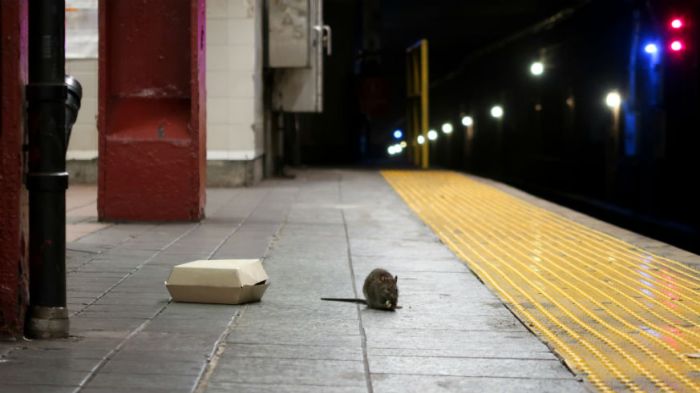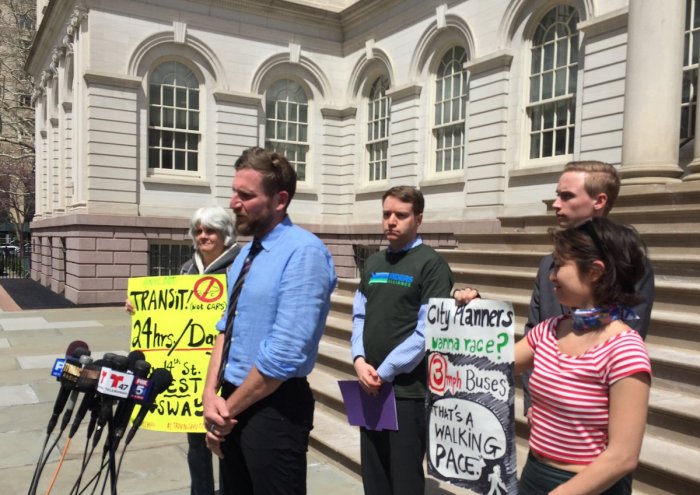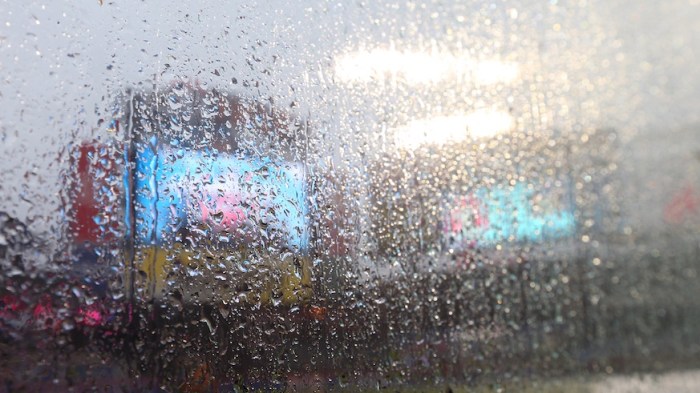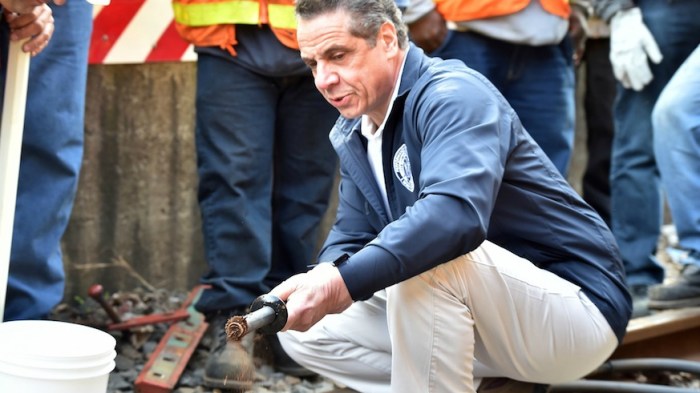If you have to commute from Brooklyn to Manhattan for your 9 to 5 job, you might be rejoicing at the news that the L train shutdown is no more. But for some low-income, hourly and service workers in the city, that same relief isn’t there.
When Gov. Andrew Cuomo announced the change, he proudly noted that now, weekday and rush hour schedules will be unaffected.
Instead, repairs will affect service over nights and weekends only, and possibly for longer than the 15 months originally planned for the L train shutdown, putting the transit burden on the shoulders of a certain demographic.
We already know that subway delays and overall poor service disproportionately harms low-income and minority residents. This L train shutdown change will exacerbate that, said Danny Pearlstein of the Riders Alliance.
“When you live in a community where you travel longer to work, there are more things that can go wrong, you’re more likely to have trouble,” he said. “So that’s magnified in a situation where there are planned shutdowns and slowdowns.”
Sure, the full L train shutdown would have impacted those who work nights and weekends anyway. But the concern lies in how officials will help these residents now that the complete shutdown is called off.
“The important point for people who work nights and weekends is they’re going to need the mitigation plan to stay in place,” said Pearlstein. “That the proposed mitigation involving additional service on surrounding lines and much better bus service still stands.”
Otherwise, a “mini L-pocalypse” could still await some Brooklyn residents, he said.
With no full L train shutdown, who is still affected?
Exact statistics about late-night ridership for the MTA were unavailable, but studies have found that generally, lower-income people use “off-peak transit” at much higher rates than wealthy residents.
A 2003 study on national travel trends found that 60 percent of off-peak transit riders made less than $40,000 a year. When the Massachusetts Bay Transportation Authority cut late-night transit in 2016, many cried injustice, citing how 60 percent of late-night riders were low income and nearly 50 percent were people of color.
Just by looking at the demographics of the neighborhoods represented by Council Member Rafael Espinal Jr., most of which fall along the L line, his office said that it’s clear low-income New Yorkers and New Yorkers of color will be the ones most affected by this sudden change to the L train shutdown plan.
“There are tens of thousand of New Yorkers who depend on the L line after hours and on the weekends,” Espinal said, “One would be late night workers who are working at our hospitals and two would be every one working in the nightlife community. … We can’t forget that they need to also be able to get around.”

The stakes for getting to a service job late tend to be higher than for office workers, as well. Pearlstein has heard from Riders Alliance members whose employers outright said they can’t blame the subway.
“People have to take huge chunks of time our of their lives that they can’t spend with family, that they have to devote to the possibility of being late on the subway,” he said. “That’s not acceptable.”
Espinal also highlighted that any alternate travel routes planned for the L train shutdown still need to be in place for these New Yorkers, including increased bus service and a Citi Bike expansion in Williamsburg and Bushwick.
Still, Espinal, like many others, is waiting for all the details of what this new L train repair plan exactly entails.
“I think that New Yorkers still feel as if they don’t have all of the information of how this will impact their community and what increased services are going to exist,” he said. “They want more answers across the board.”

















